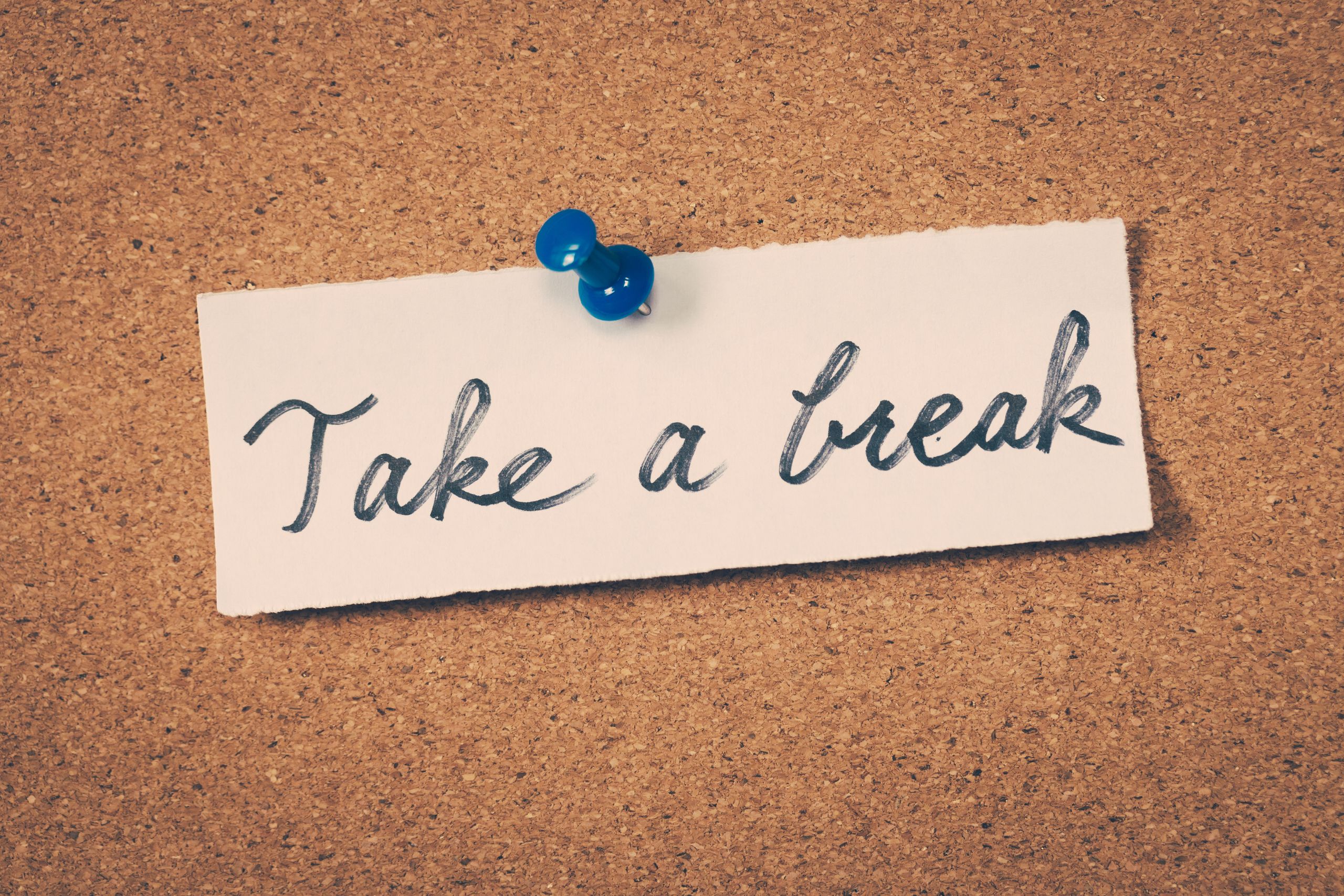The Power of Taking Breaks and Overcoming the Busy Mindset
It’s common to hear people boast about how busy they are. The glorification of busyness has become a symbol of prestige, but this mindset often comes at the cost of our well-being and productivity.
The trap of busyness entangles individuals into believing that constant activity equates to productivity and success. However, it often leads to burnout and is an obstacle to genuine progress in personal and professional spheres.
Studies reveal that short breaks can significantly enhance focus, improve memory retention, and bolster problem-solving abilities. Notably, various companies and organizations have adopted break policies, leading to positive outcomes in terms of employee well-being and productivity.
A range of break types offers distinct advantages. Short, frequent micro-breaks during work hours promote sustained focus and prevent burnout. Longer breaks that involve physical activity or mindfulness provide opportunities for relaxation and stress reduction. Additionally, extended vacations allow for complete rejuvenation, resulting in renewed motivation and overall well-being.
A widespread approach to incorporating breaks into a busy schedule is by adopting short work bursts, and the ideal technique for this is the Pomodoro Technique. Simply set a timer for 25 minutes, then when it elapses, enjoy a brief 5-minute break to stretch, hydrate, or unwind. After completing four Pomodoro sessions, reward yourself with a longer break of approximately 30 minutes.
Employing 90-minute intervals has long been a favoured technique for optimizing productivity, aligning with our body’s inherent rhythms. Our brain can maintain optimal levels of activity, operating at high-frequency, for approximately 90 minutes before experiencing a decline in performance. After this period, it requires a break of approximately 20 minutes to recharge and regain its efficiency.
Another alternative lies in striking a balance between the Pomodoro Technique and 90-minute intervals, based on recent research suggesting an exceptionally productive schedule. According to the findings, highly productive individuals work for 52 minutes, followed by a 17-minute break before resuming their tasks.
If the concept of a time-blocked day doesn’t suit your preferences or job requirements, you can opt for a simpler yet still highly effective approach. Plan two short, 15-minute breaks during your day – one in the mid-morning and the other in the mid-afternoon. Particularly, the break around 3 p.m., which is commonly considered the least productive time of the day, should not be skipped as it is essential for maintaining productivity.
Want some ideas for your well-deserved break? Take a 20-minute walk, daydream, eat brain-nourishing snacks, read fiction, doodle and hydrate!









